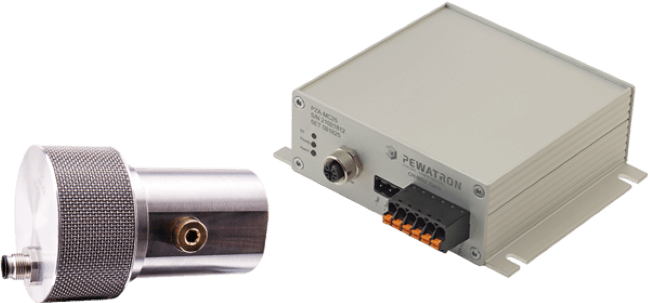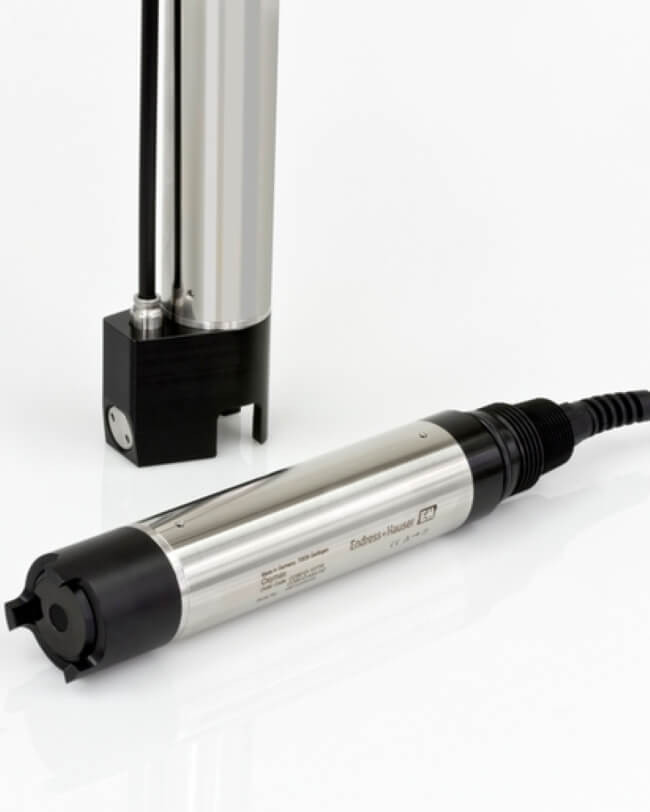Digital High-Resolution Oxygen Sensors
| 16-01-2020 | By Nnamdi Anyadike
Oxygen gas sensors are increasingly used across a broad swath of industrial applications including the automotive; health and safety; medical; and food storing sectors. Of the eight different types of oxygen sensors, three: optical, electrochemical and zirconia are the most widely used. Top key players are Aeroqual, Robert Bosch, Siemens and Yokogawa Electric. Describing zirconia, Gaslab.com a Web-site that provides information on advanced gas sensor technologies, said: “Zirconia dioxide is coated with a fine layer of platinum to form a solid‐state electrochemical fuel cell. If carbon monoxide is present in the test gas, it is oxidized by O2 to form CO2 and triggers a current. The zirconia sensor detects the variation between the concentration of O2 in the exhaust gas and in the normal air, rather than directly sensing the O2.”
While zirconia oxygen sensors are typically used in cars to regulate air-fuel ratios, they are also vital in industrial applications. As an example, SST’s Zirconia Oxygen Measurement Sensor System uses this technology to measure the oxygen content in combustion control systems, flue gases, oil, gas, coal, bio-mass and in oxygen generation systems. Zirconia sensors are known for their high dynamic range and extremely high resolution and are the solution of choice when the main operating range is 10,000 ppm and below.
Pewatron Develops New Zirconia Module
Last year, Pewatron AG, the independently operating daughter company of the Angst+Pfister Group and producer of sensors, power supplies and electronic components, announced the development of its new potentiometric zirconia module for oxygen measurement. The company claims that the sensor has a low operating temperature of about 500° C. “The low operating temperature compared to other potentiometric oxygen sensors not only has a positive effect on the application due to the lower heat development but also allows a small, compact design of the sensor head,” said the company Web site. The PZA electronics regulate the sensor temperature and prevent both overheating and sensor damaging temperature shocks. “The sensor module is easy to use and can be easily installed in machines and control cabinets,” the Web site continues. Also included in the package is an Android app that lets you visualize data via a Bluetooth connection, make minor adjustments to the module, and perform calibration cycles for the sensor.

Credit: Pewatron
Fujikura Unveils Small-Size Oxygen Sensor FCX-UWL
Last summer, Fujikura, one of the worlds' leading manufacturers of fibre optic cables and equipment for installation, measurement and testing, commenced mass volume production of its small-size oxygen sensor, FCX-UW. “With the expansion of respiratory care using oxygen in the medical field, oxygen sensors are being used in medical devices such as oxygen concentrators to control the concentration of oxygen to provide to patients,” said the company. Medical device manufacturing companies are constantly seeking to reduce the size and weight of mobile medical devices. And the Fujikura product provides a component that minimises installation space while maintaining airtightness between the device and oxygen-supplying line. It does this by means of an O-ring attached to the side of the round body. “Although the sensing portion generates intense heat during operation, the inner structure has been optimally designed so that the operation performance is not affected due to miniaturisation,” says the company.
Oxymax Launches Digital Oxygen Sensor, COS61D
Oxymax, the creator of a number of health and wellbeing brands, has launched a Memosens optical oxygen sensor for water, wastewater and utilities. Oxymax COS61D is described as a high-performance, digital oxygen sensor that offers fast, accurate and drift-free measurement. The sensor's long-term stable fluorescence layer is exclusively oxygen-selective (interference-free), ensuring consistently reliable measurement. “Thanks to Memosens digital technology, the Oxymax COS61D combines maximum process and data integrity, and facilitates simple lab calibration,” said the company’s Web site.

Memosens optical oxygen sensor for water, wastewater and utilities
Credit: Endress+Hauser
Oxymax COS61D is capable of measuring the dissolved oxygen concentration in wastewater treatment plants, especially O2 control in the aeration basin and process water treatment and monitoring; and waterworks, including the status monitoring of drinking water.
Optical Oxygen Sensors
Also, gaining new markets are optical oxygen sensors that use the principle of fluorescence quenching by oxygen. “The LuminOX LOX-02 is an example of a sensor that uses fluorescence quenching by oxygen to measure ambient oxygen levels. While it has the same footprint as conventional electrochemical sensors, due to the fact it does not absorb oxygen it provides the benefit of a far greater lifespan,” says the AZoSensors Web site. Other examples include the TecPen Handheld Oxygen Sensor. This uses a fine coating of luminescent dye on the sensor and a micropump to pull the air sample past the fluorescing dye. The dye is excited at 507 µm and the subsequent fluorescence event recorded at 650 µm. The fluorescence event’s duration relies on the amount of absorbed oxygen in the sensor layer and can, therefore, be used to establish the oxygen concentration.
Outlook
According to a recent market study, the oxygen gas sensors market is expected to witness a CAGR of 7% between 2020 and 2025. In 2018, its global market size was valued at $1.37 billion.

